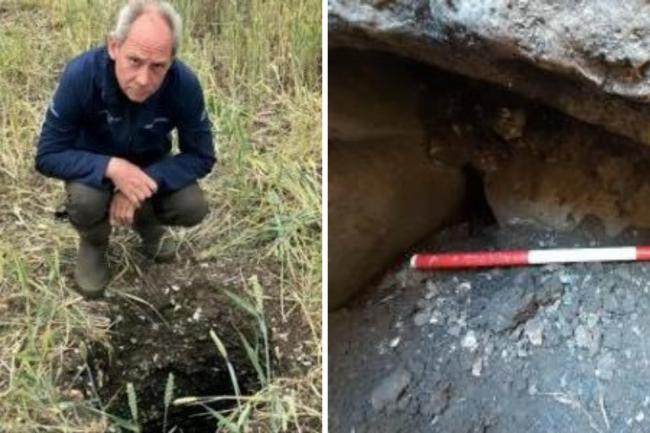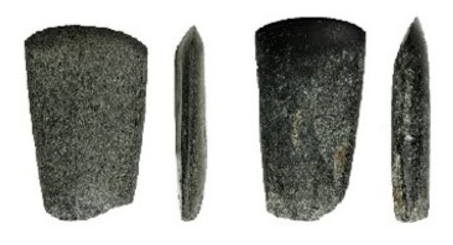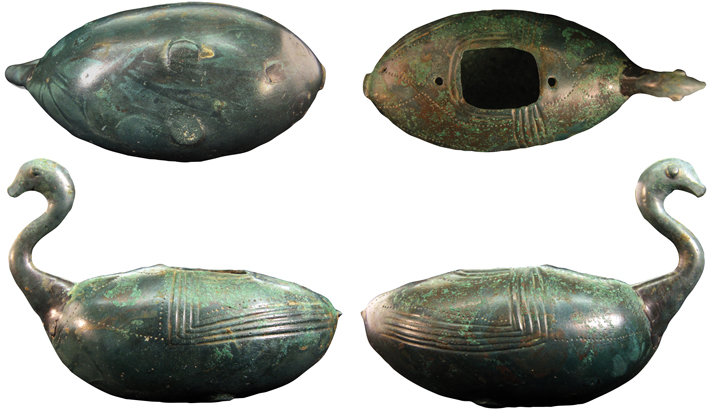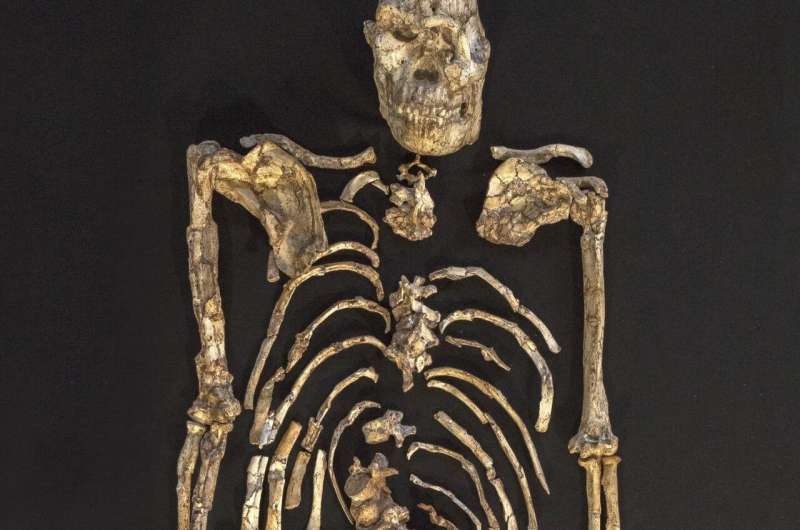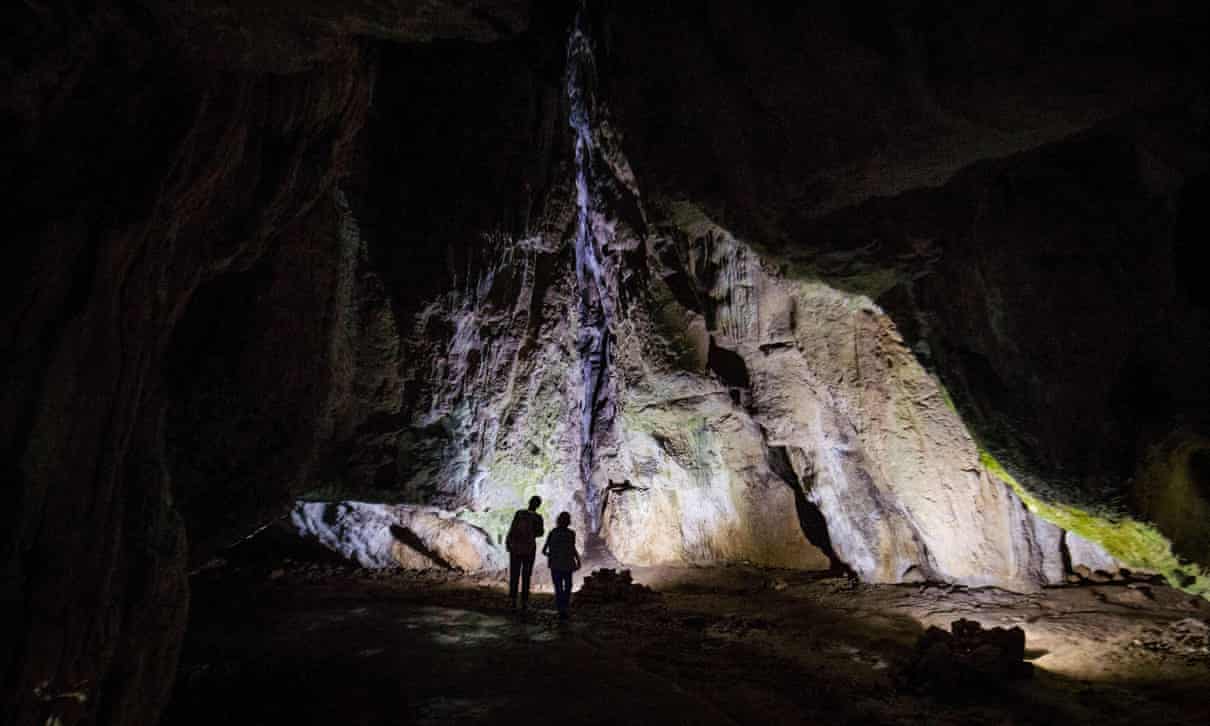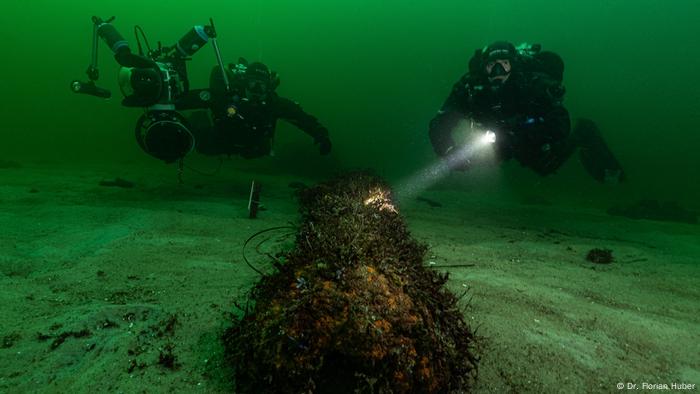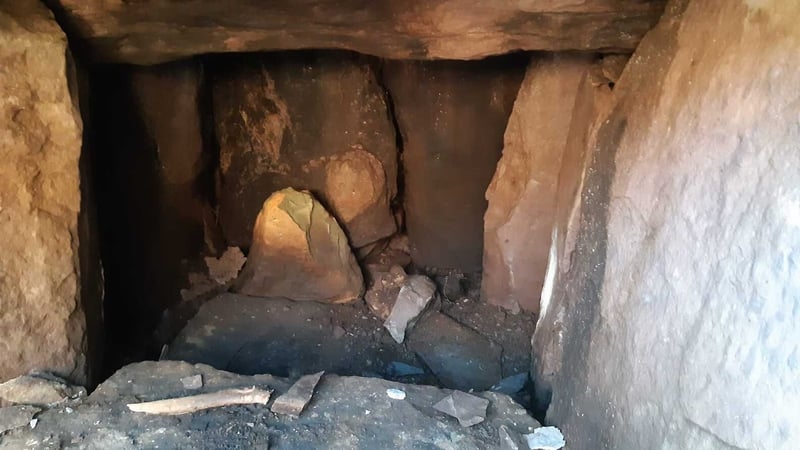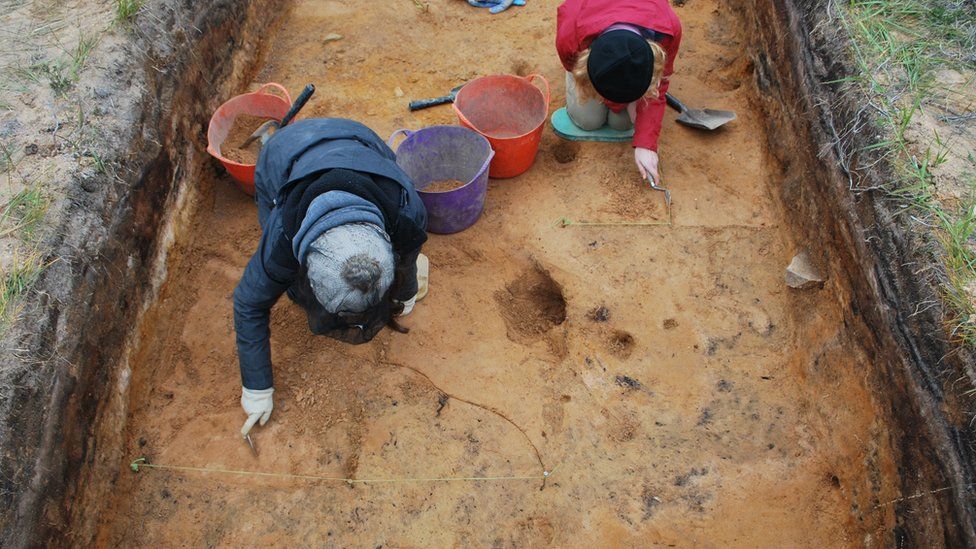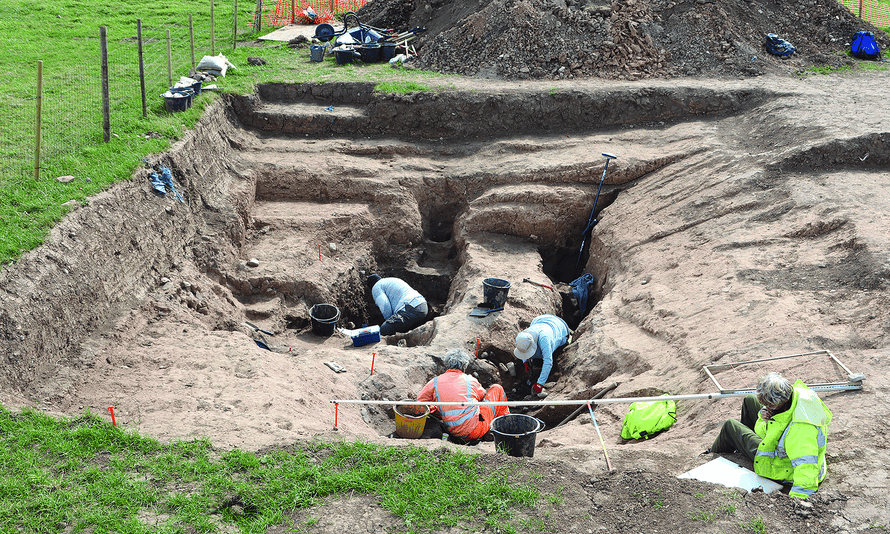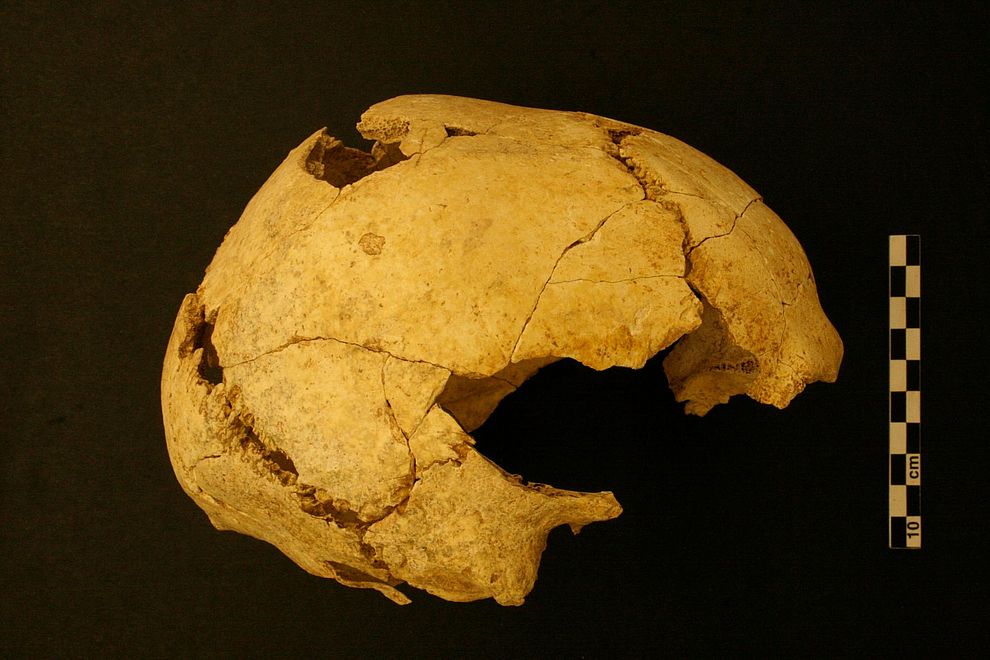
Citizen archaeologist Anthony Murphy (pictured) appears to have found another potentially significant discovery in the Boyne Valley - a logboat that could date back to Neolithic times. Photo Ciara Wilkinson
A citizen archaeologist who discovered the world famous ‘Dronehenge’ near Newgrange, county Meath during the heatwave of 2018, appears to have found another potentially significant discovery in the Boyne Valley using a drone - a logboat that could date to Neolithic times.
Anthony Murphy said, “I went looking for a dolphin. I didn’t find him but I did find a logboat.”
Made by hollowing out a tree trunk, such logboats or dugout boats have, according to Dr Stephen Davis, UCD School of Archaeology, “an immensely long history of use in Ireland, with examples known from the Neolithic right the way up to Medieval times.”
“Closer investigation will be able to show more - for example tool marks would be able to tell whether it was made with metal or stone tools, and radiocarbon dating give an approximate age,” he added.
Read the rest of this article...

:focal(1104x810:1105x811)/https://public-media.si-cdn.com/filer/c6/f4/c6f42781-5ecc-4302-9555-2234b522cfa9/boat.png)
